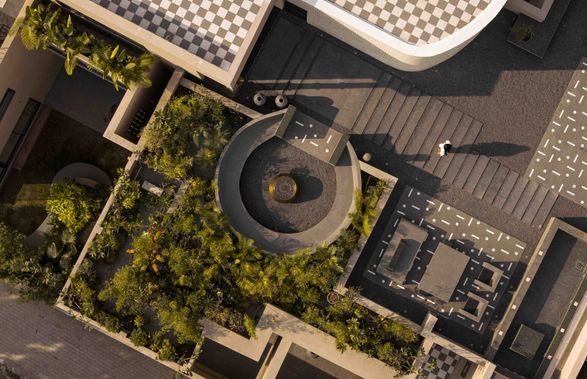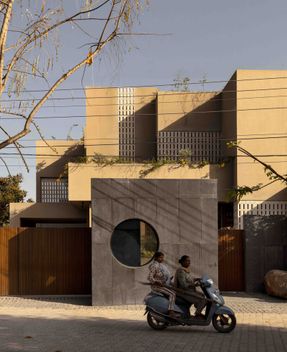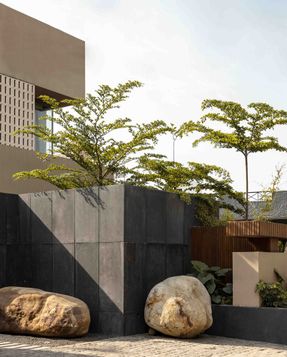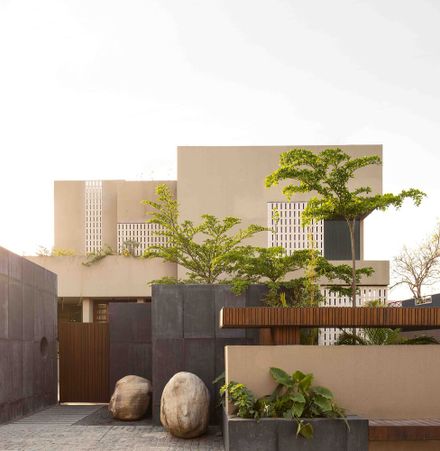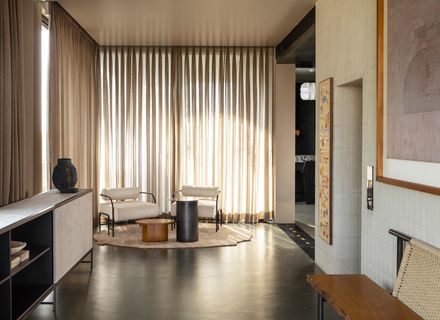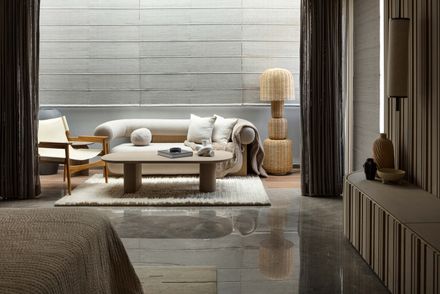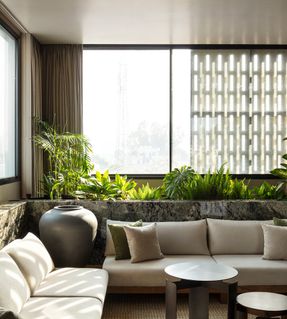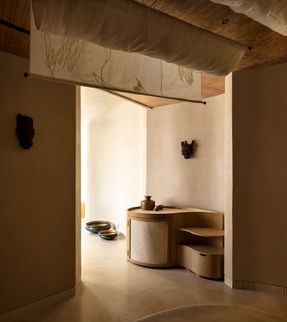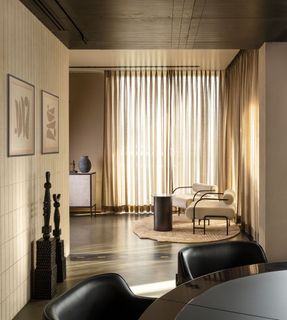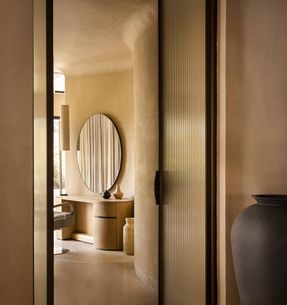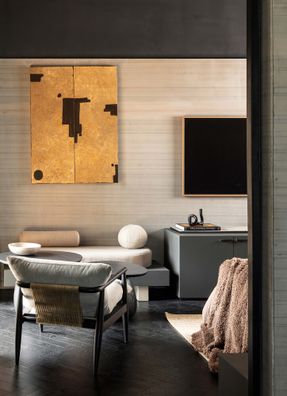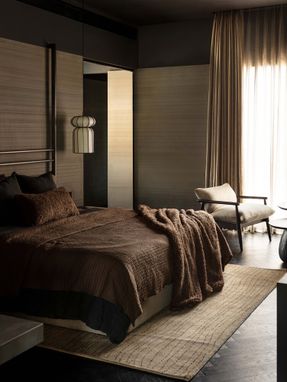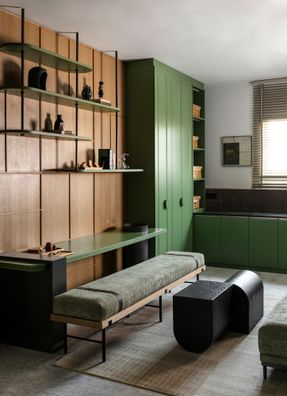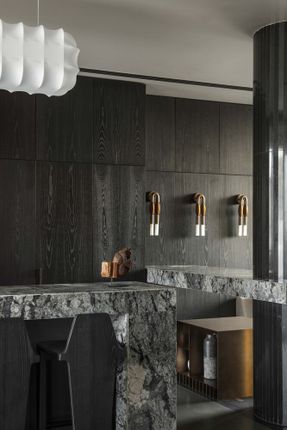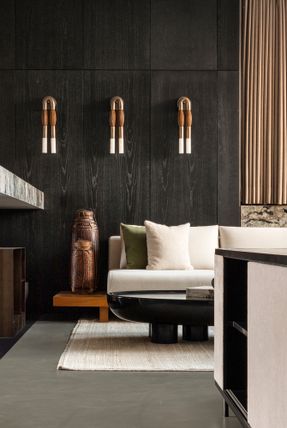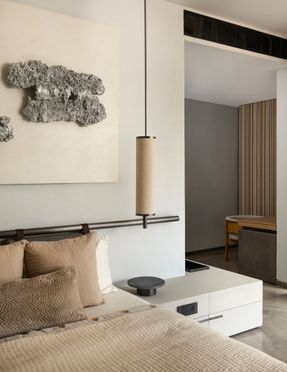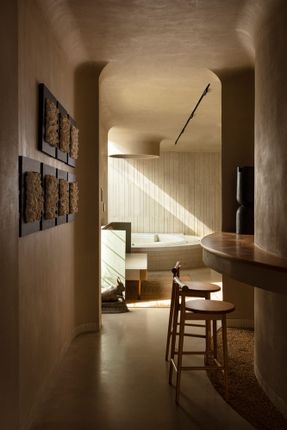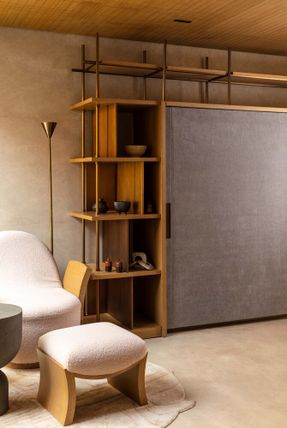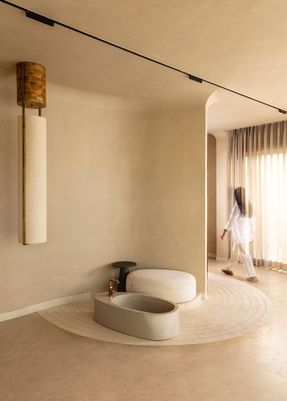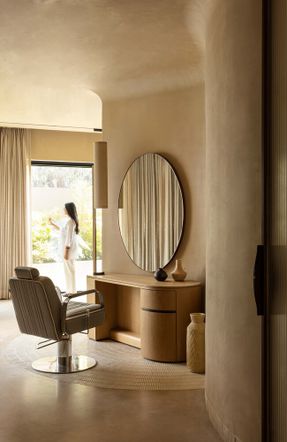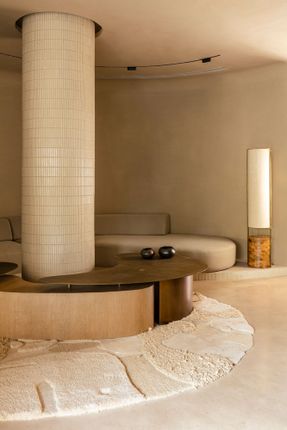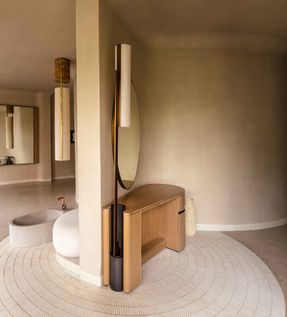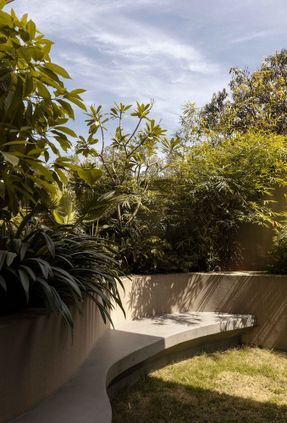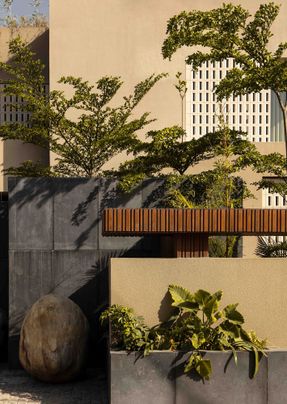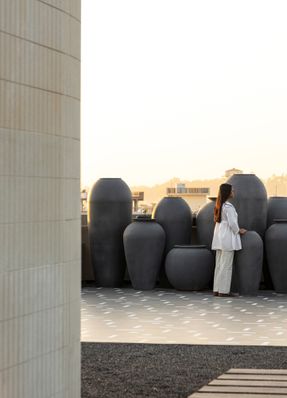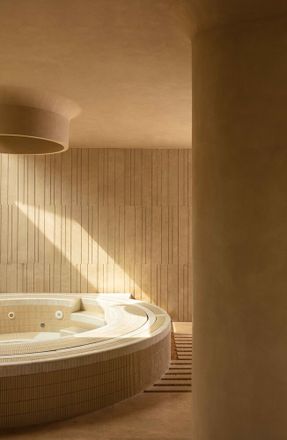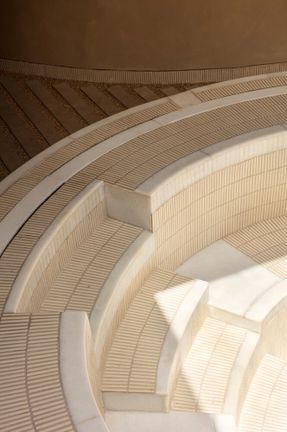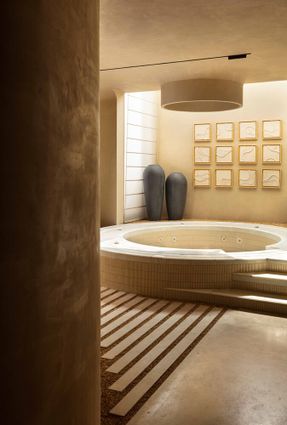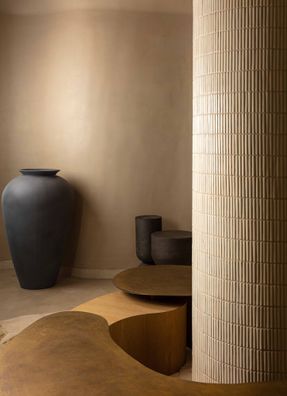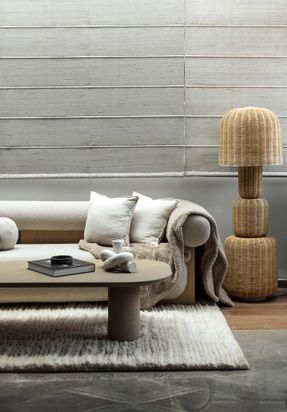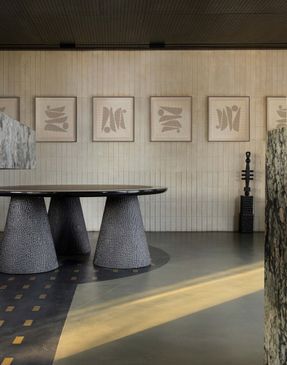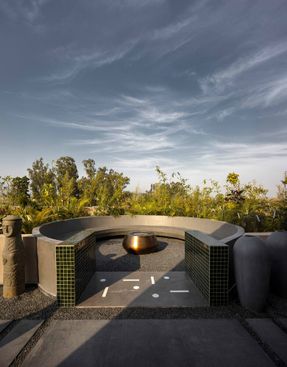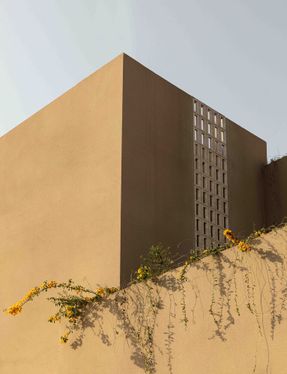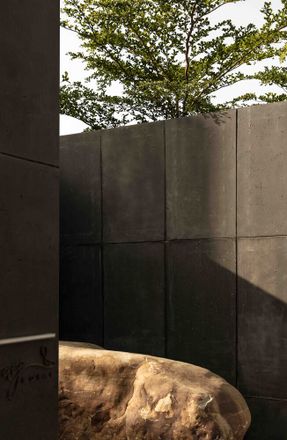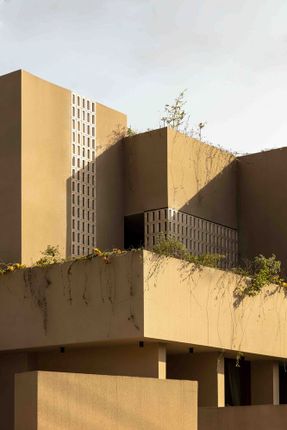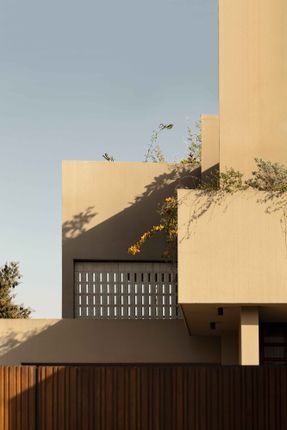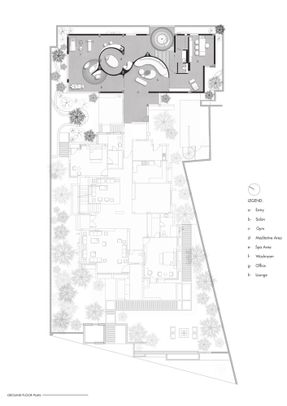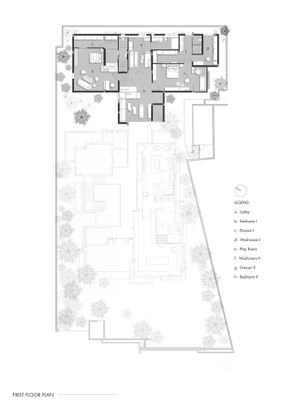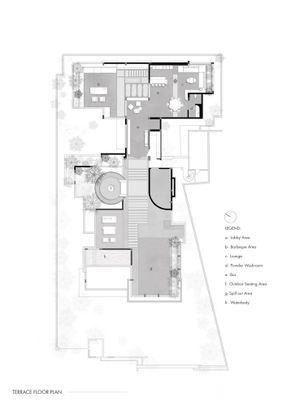Ekasham House
ARCHITECTS
Portal 92
HOT TUB, POOL CONSULTANT
Mangwaal Pool & Spa
DESIGN TEAM
Aanchal Sawhney, Sagar Goyal, Adrijaa Bhuyan, Astha Verma
MEP /HVAC CONSULTANT
Sophic Designs
TEXT
Sagar Goyal, Shreya Parinam, Vanshika Chadha
MANUFACTURERS
ART N GLASS, Casa Aurum, Mobel Grace, Morii Designs, Nimrat Narang, Opulo, Stem, Stone X, Surface & Design Studio, Tagels, VitrA, White Lighting Solutions
MILL WORK AND FURNITURE
Mobelgrace
PHOTOGRAPHS
Niveditaa Gupta
AREA
2177 m²
YEAR
2025
LOCATION
Paonta Sahib, India
CATEGORY
Houses
English description provided by the architects.
Nestled in the foothills of the Shivalik range, the Himalayas is our latest project, Ekasham — a private residence-refurbishment and redevelopment project, spread across an area of 2177 sqm.
The home, through its volumes, composed of old and new structures, merges into a singular silhouette:
evoking the presence of a monolith, from which the project derives its name.
Woven into the fabric of the existing structure is a sanctuary for rest and rejuvenation, discreetly tucked towards the rear on the ground level.
The spatial character is defined by its softness, as the nude walls and ceiling gently merge into one another, emulating the texture of one's skin.
At its heart, a gently curving wall meanders through the space, carving alcoves that house various programs of the spa and lounge.
The massage room reinterprets the space required for a traditional Indian massage, where one's body is closer to the ground.
A large, low-height, cushioned surface was built and made impervious to even vigorous movement. Adjacent to it, a bench offers a quiet utility, clad with porcelain to resist oil absorption.
A seamless circular hot tub anchors the space, sheathed in kit-kat tiles and stone, with a custom drain detail with dual-slots to control spillage.
In the midst of subdued tones, a Brushed Stainless Steel ceiling hovers above the steam room, quietly asserting its presence.
Across the ground level, these Kit-Kat tiles serve as a delicate tactile string, skimming and punctuating the in-situ works.
The middle level houses two bedrooms and studies, whose distinct palettes speak to their inhabitants' individuality.
This contrast finds equilibrium in the shared lounge, attempting to create a dialogue between the two spaces.
The terrace level reveals itself as an expansive, open plan, entertainment and hosting area, where indoor and outdoor realms effortlessly flow into one another.
The indoor area, conceived as a gaming retreat, is anchored by a flowing wall clad in Gwalior Mint on one end and a built-in bar on the other.
Underfoot, a dark olive microtopping floor is embedded with brass inlays and contrasting tones.
Sometimes serving as divisions and other times as an invitation to gather around the poker table.
The outdoor realm is envisioned as a fluid social landscape, articulated through in-situ seating in varied configurations, with multiple nodes for gathering.
Here, the microtopped floor occasionally gives way to patterns composed of acrylic inlays, echoing the softness of rugs in an exterior environment.
The use of stone chips and local plants creates a natural landscape blending with a circular fireplace and a barbecue station.
The horticulture intent for the project was to achieve an asymmetrical rhythm—with various species, native to the Indian foothills.
The older and newer structures are sutured through a modular system of stone screens, unfolding as overhangs that hover above courtyards and slender punctures that dissolve the mass.
Each screen is composed of 40 mm-thick perforated limestone modules, meticulously CNC-cut and mounted onto a concealed stainless-steel framework, allowing the screen to appear effortlessly suspended.

